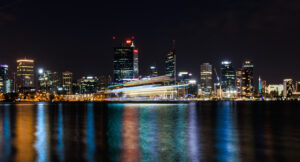In today’s digital age, where first impressions are often made online, the importance of high-quality images on your website cannot be overstated. Whether you’re a small business, a creative professional, or a large corporation, the visuals you use can make or break the user experience. Let’s explore why good imagery is essential for your website and some basic principles to keep in mind.
“A picture is worth a thousand words. So make sure it’s the right picture”
The Role of Visuals in User Experience
Imagine walking into a beautifully designed store with inviting displays, well-organized shelves, and attractive products. You’d likely feel welcomed and intrigued, right? The same principle applies to your website. When visitors land on your site, they’re greeted first by visuals. Good images can create an emotional connection, set the tone for your brand, and guide visitors’ perceptions.
Quality visuals help establish trust and credibility. A website with clear, professional images conveys that you care about the details and the experience of your visitors. Conversely, low-quality, pixelated, or irrelevant images can quickly turn people away, making your site look unprofessional and unreliable.
Basic Principles of Good Photography for the Web
Relevance and Authenticity: Your images should tell a story that aligns with your brand’s message and values. Authentic images—whether they’re product photos, team portraits, or candid shots—help create a genuine connection with your audience. Avoid generic stock photos that don’t represent your brand’s personality.
High Resolution and Clarity: With the variety of devices people use to browse the internet, from large desktop screens to smartphones, ensuring your images are high resolution is crucial. Clear, crisp images look professional and are essential for showcasing products, especially in e-commerce.
Consistent Style: Maintaining a consistent visual style across your website creates a cohesive look and feel. This includes using a uniform color palette, similar lighting, and consistent editing styles. A well-thought-out visual style enhances brand recognition and makes your site more visually appealing.
Proper Image Optimisation: While high-resolution images are important, they also need to be optimised for the web. This means compressing images to reduce file size without losing quality, which helps your site load faster. Fast-loading images are critical for user experience and can positively impact your search engine rankings.
Accessibility Considerations: Don’t forget about accessibility. Use descriptive alt text for your images so that visually impaired visitors using screen readers can understand what the images depict. This not only improves accessibility but also boosts your SEO.
In conclusion, investing in high-quality images for your website is not just about aesthetics; it’s a crucial aspect of the overall user experience. Good photography helps communicate your brand’s story, build trust, and engage visitors. By following basic principles like relevance, clarity, consistency, optimisation, and accessibility, you can make a powerful impact on how your audience perceives your brand.
So, next time you consider updating your website, remember: a picture is worth a thousand words, so make sure it’s the right picture!








